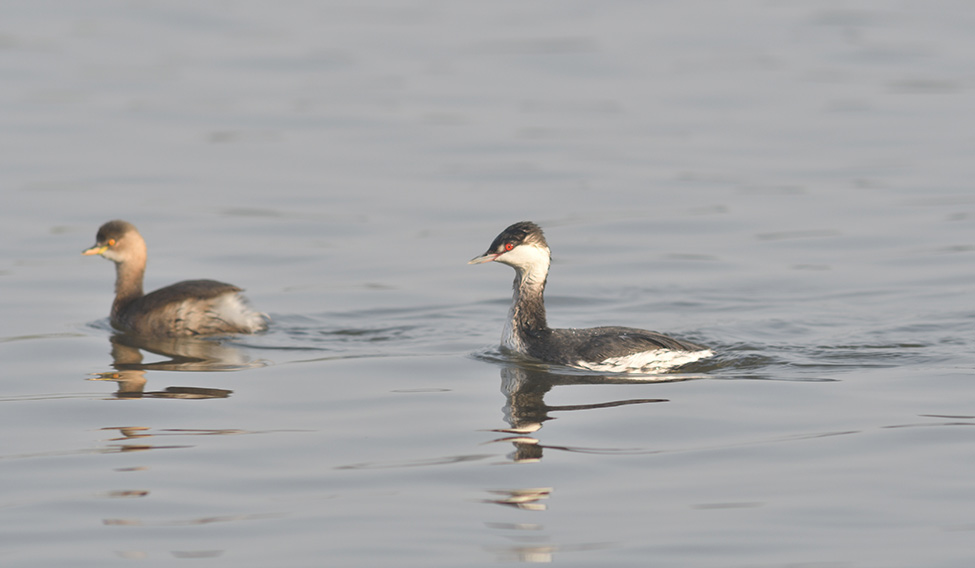A little birdie is causing quite a flutter in a village pond in Haryana. Birdwatchers are thronging Dighal in Jhajjar district, a mere 70km drive from Delhi, to catch a glimpse of the horned grebe or Slavonian grebe. But, spotting the waterbird, which is just about 40cm long and weighs between 300g and 500g, is easier said than done.
Dighal is dotted with about a dozen ponds and has fields that lie submerged throughout the year, making it the perfect retreat for the grebe away from the extreme cold of its home in Eurasia and North America. Rakesh Ahlawat, a field assistant in the Nature Conservation Foundation, was the first one in Dighal to spot the bird this migratory season. He has an eye for feathered friends—he has spotted 285 birds in his village so far. A wildlife enthusiast since childhood, the 28-year-old maintains a register of avian visitors to his village and creates awareness about the importance of the flora and fauna that attract migratory birds.
It, however, takes a village to help spot the horned grebe that gives out a trilling call. Women guide the birdwatchers to vantage points, as kids scurry to admire the fancy camera gear and binoculars. But, it is Dharamvir’s house, on the edge of the pond, that has become an observatory of sorts. And, it doesn’t disappoint—on a misty morning, a sudden ripple in the pond reveals the winged beauty, with its golden ear tufts (also called horns) that can be raised and lowered at will. Belonging to the Podicipedidae family, the horned grebe is considered an excellent diver, foraging underwater. It is the United Kingdom’s most attractive breeding grebe, with its red and white plumage. During the non-breeding season, it has monochrome feathers.
Aravind Amritharaj, a wildlife photographer from Chennai, says he planned a special trip to Delhi with his wife only to catch the horned grebe on camera. He, however, couldn’t get a great shot of the bird as it was far away in the marshes.
District forest officer Sunder Sambharya estimates there are almost two lakh migratory birds this season in Jhajjar alone. Dighal and nearby villages, he says, are ideal for resident and migratory birds owing to the waterbodies. But, it is the people who make these seasonal visitors at home here.







